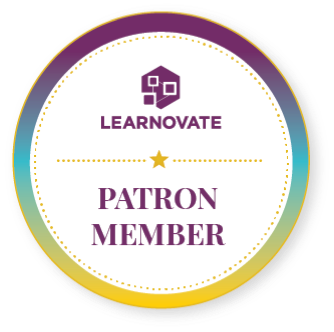Understanding Constructive Alignment Theory: A Beginner’s Guide
What is Constructive Alignment?
Constructive Alignment Theory is an educational framework that aligns the intended learning outcomes, teaching and learning activities, and assessment methods.
As an outcome-based approach to teaching, the aim is to improve the quality of learning by ensuring that what students are supposed to learn, how they will learn, and how they will be assessed are all aligned.
Why is Constructive Alignment important?
Understanding this theory is essential for educators because it can help them to design effective teaching and learning activities that lead to better student learning outcomes.
History of the Constructive Alignment Theory
Constructive Alignment was first introduced by John Biggs in the early 1990s. It was based on the work of his colleague, David Ausubel, who emphasized the importance of prior knowledge in learning.
The theory has evolved with contributions from researchers such as Graham Gibbs and Shirley Grundy.
The Key Components of the Constructive Alignment Theory
The key components of Constructive Alignment Theory are Learning Outcomes, Teaching and Learning Activities, Assessment Methods, and Alignment.
These elements work together to ensure that the intended learning outcomes are achieved.
Understanding Intended Learning Outcomes
Learning outcomes are statements that describe what students are expected to know, understand, or be able to do after completing a course or program.
There are three types of learning outcomes: knowledge, skills, and attitudes.
Effective learning outcomes are clear, measurable, and aligned with the teaching and learning activities.
Teaching and Learning Activities
Teaching and learning activities refer to the methods and strategies used to facilitate learning.
There are various types of teaching and learning activities, including lectures, discussions, group work, and practical exercises.
Effective teaching and learning activities are designed to engage students and help them achieve the learning outcomes.
Assessment Methods
Assessment methods are used to measure students’ learning outcomes. There are various assessment methods, including tests, assignments, and projects.
Effective assessment methods are aligned with the learning outcomes and teaching and learning activities and provide students with feedback on their progress.
Alignment
Alignment refers to the consistency and coherence between the learning outcomes, teaching and learning activities, and assessment methods.
Alignment ensures that all the components of the course or program work together to achieve the intended learning outcomes.
APPLYING CONSTRUCTIVE ALIGNMENT THEORY IN PRACTICE
Constructive Alignment can be applied by designing courses or programs aligned with the intended learning outcomes.
Examples of Constructive Alignment include designing assessment tasks aligned with the learning outcomes and using teaching and learning activities aligned with the assessment tasks.
How is Constructive Alignment applied in curriculum design?
Constructive Alignment is applied by designing a course or program aligned with the intended learning outcomes.
This involves understanding the three types of learning outcomes (knowledge, skills, and attitudes), designing effective teaching and learning activities to facilitate learning, using assessment methods that measure students’ progress in achieving the learning outcomes, and ensuring alignment between all components of the course or program.
Criticisms of Constructive Alignment Theory
Some common criticisms of Constructive Alignment Theory include the idea that it is too prescriptive and does not allow for creativity in teaching and learning.
However, these criticisms can be addressed by understanding that Constructive Alignment is a framework that can be adapted to suit different contexts and teaching styles.
Conclusion
In conclusion, the Constructive Alignment Theory is an important educational framework that can help educators to design effective teaching and learning activities.
By understanding the key components of the theory, educators can ensure that their courses or programs are aligned with the intended learning outcomes and that their students are achieving their learning goals.
While there are some criticisms of the theory, these can be addressed by adapting the framework to suit different contexts and teaching styles.
